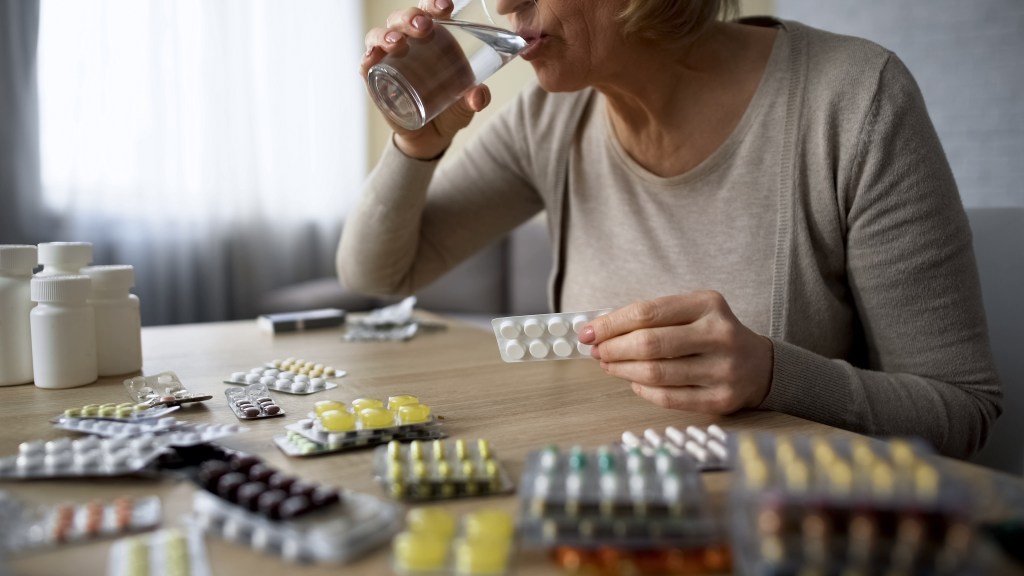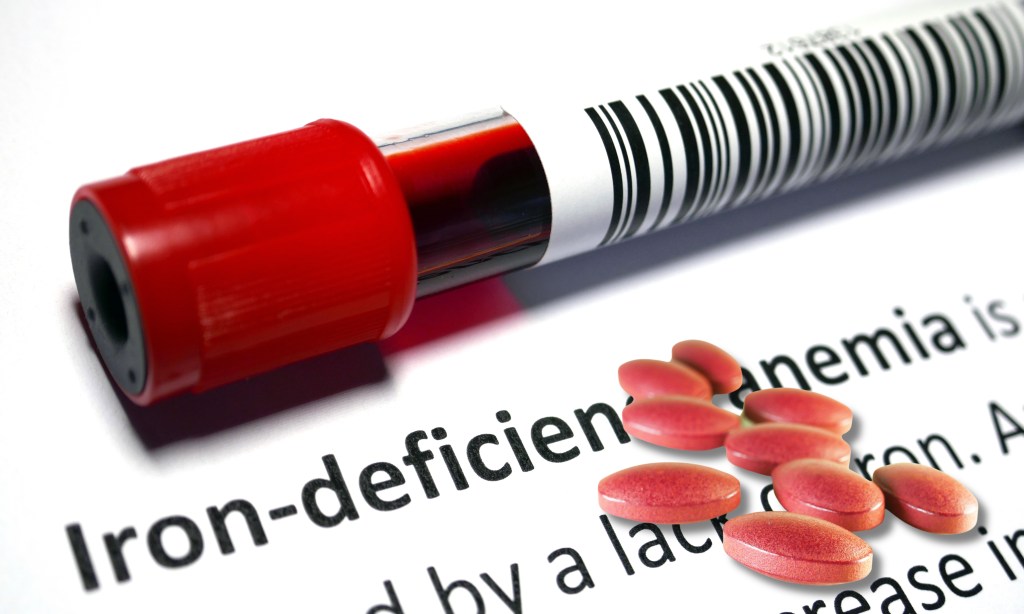Zinc is an essential mineral needed for various bodily functions, including immune system regulation, hormonal balance, and inflammatory responses.
While zinc deficiency is more common than toxicity, understanding the potential risks of taking too much zinc is crucial for maintaining optimal health.
Uncover the symptoms of zinc toxicity, explore safe intake levels, and learn when it’s crucial to seek medical care.
What is zinc toxicity?
Zinc toxicity occurs when the body is exposed to more zinc than it can effectively process, whether through ingestion, absorption, or inhalation.
While the body can eliminate small amounts of zinc through urine and feces, excessive zinc exposure can cause a build-up in tissues and organs. This can disrupt normal cellular functions and lead to potentially severe health problems.
Watch the video below to learn how much zinc is toxic.
Signs of zinc toxicity
Zinc toxicity, also known as zinc poisoning, can result from various types of exposure, each presenting with distinct symptoms. Understanding how you may be exposed to high zinc levels is essential, as chronic exposure can result in serious long-term health problems.
Research published in StatPearls indicates that excessive zinc exposure may increase the risk of certain cancers, affect the bone marrow, cause anemia, and lead to nerve damage.1
Here are four of the most common types of zinc exposure
1. Gastrointestinal
Prolonged overuse of zinc supplements is a common cause of gastrointestinal exposure.
This can lead to nausea, vomiting, loss of appetite, stomach cramps, diarrhea, headaches, poor hair growth, hair loss, and premature graying.
2. Dermal
Dermal exposure can occur through extended use of zinc-containing creams, lotions, and medical ointments.
Although less likely to cause acute symptoms, chronic overuse of topical applications formulated with zinc can contribute to systemic zinc accumulation.
3. Respiratory
Respiratory exposure is typically linked to inhalation of zinc dust or fumes in industrial settings such as metal processing and manufacturing zinc-containing products.
Zinc accumulation in airways can cause flu-like symptoms, respiratory irritation, cough, shortness of breath, and chemical pneumonitis.
4. Parenteral
Though rare, parenteral exposure can occur through improper use of intravenous zinc supplements, resulting in acute zinc toxicity symptoms, including neurological issues, dizziness, and respiratory distress.

How much zinc is too much?
Determining the intake threshold for zinc toxicity can be complicated, as tolerances may vary based on age, overall health, and other nutritional factors.
Symptoms of zinc overdose and acute toxicity can arise when zinc ingestion exceeds 1 to 2 grams, with doses of 10 to 30 grams considered potentially fatal.
Chronic zinc toxicity is more common and can be difficult to detect initially, as it results from a gradual accumulation of zinc over time.
According to data published by the National Institutes of Health (NIH), the average recommended daily amount of zinc is between 15 to 40 milligrams.2
“The upper tolerance of zinc with minimal to no side effects is around 100 milligrams daily for adults,” explains Dr. Berg. “It’s crucial to take copper in combination with zinc, aim for a zinc-to-copper ratio of 10-to-1, to help prevent zinc accumulation and related health issues.”
In some cases, higher amounts of zinc may be acceptable for short-term therapeutic applications.
Research published in The Faseb Journal found that temporary doses of up to 250 milligrams per kilogram of body weight per day have been used to manage certain inflammatory gut conditions.3
However, to reduce the risk of potentially serious side effects, it’s not advised to take large doses of zinc supplementation without the supervision of a medical professional.

How zinc toxicity affects copper levels
Too much zinc can lead to zinc-induced copper deficiency due to the antagonistic relationship between these minerals. Zinc competes with copper for intestinal absorption, and high levels of zinc can inhibit the uptake of copper.
Copper is essential for forming healthy blood cells and for optimal iron metabolism. Without sufficient copper, iron cannot be effectively incorporated into hemoglobin, leading to iron deficiency anemia, red blood cell microcytosis, neutropenia, and impaired immune functions.
Additionally, copper is involved in several other crucial processes, including nerve function, lipid metabolism, and bone health, and many symptoms associated with zinc toxicity result from copper deficiency.
Inadequate copper status is associated with various symptoms, such as:
- Anemia
- Neutropenia
- Recurring infections
- Neurological issues
- Bone weakness
- Pale skin
- Reduced appetite
- Fatigue and irritability
- Impaired collagen production
- Imbalanced cholesterol levels
Therefore, maintaining a balanced intake of zinc, copper, and other essential trace minerals is crucial to avoiding nutritional deficiencies.

When to see a doctor
If you are concerned that you have been exposed to excessive amounts of zinc, it’s important to consult a healthcare professional to assess your zinc and copper levels.
Occupational zinc exposure can lead to conditions such as chronic respiratory issues and metal fume fever or zinc shakes.
Those exposed to zinc dust or fumes in industrial settings should undergo regular medical checkups to monitor for signs of zinc toxicity and related health issues.
If you suspect excess zinc exposure and develop symptoms such as persistent nausea, vomiting, severe stomach cramps, respiratory issues, or neurological symptoms such as numbness, weakness, or unexplained fatigue, seek medical attention immediately.
A healthcare professional can help evaluate and treat zinc toxicity and provide the necessary therapeutic interventions and guidance for recovery.

Key takeaways
Zinc toxicity is typically a result of excessive intake of zinc supplements or industrial exposure.
Symptoms of zinc toxicity include nausea, vomiting, abdominal pain, and, in severe cases, anemia or neurological issues.
In addition, long-term intake of high zinc dosages can cause copper and iron deficiency anemia and other zinc toxicity symptoms. To prevent adverse effects, it’s advisable to take zinc with copper and other trace minerals to ensure proper balance.
FAQ
1. What are the side effects of taking too much zinc?
Side effects of taking too much zinc include nausea, vomiting, loss of appetite, stomach cramps, diarrhea, headaches, dizziness, fatigue, and a metallic taste in the mouth.
2. What can I do for zinc toxicity?
If you suspect zinc toxicity, discontinue zinc supplements immediately and contact a local poison control center for guidance. Treatment of zinc toxicity consists of supportive care to manage symptoms and nutritional interventions to restore mineral balance.
3. How do you flush zinc out of your system?
To flush excess zinc from your system, increase copper intake through diet or supplementation, stay hydrated, maintain trace mineral balance, and avoid zinc supplements and zinc-rich foods.
In addition, it’s recommended to consult a healthcare professional for personalized advice.
4. Is zinc poisoning the same as zinc toxicity?
Zinc poisoning typically results from a single large dose of zinc, leading to acute symptoms such as nausea, vomiting, and stomach cramps.
Zinc toxicity is characterized by the development of health issues caused by chronic zinc exposure linked to symptoms such as anemia, copper deficiency, and neurological problems.
5. Can proton pump inhibitors (PPIs) affect zinc levels?
Yes, proton pump inhibitors can affect zinc levels. PPIs reduce stomach acid, which can impair the absorption of zinc from food and supplements. If you are taking PPIs and are concerned about your zinc levels, consult a healthcare professional for advice on managing your zinc intake.








